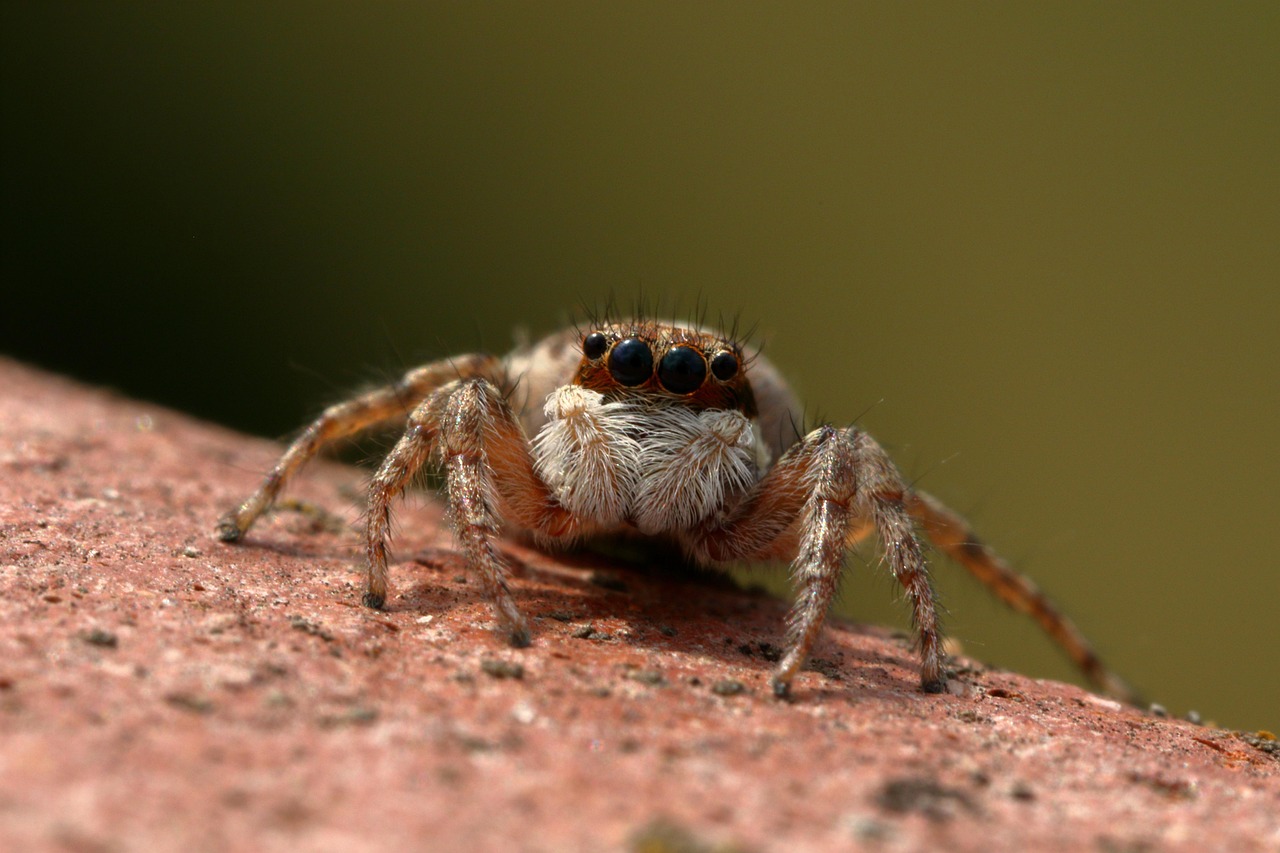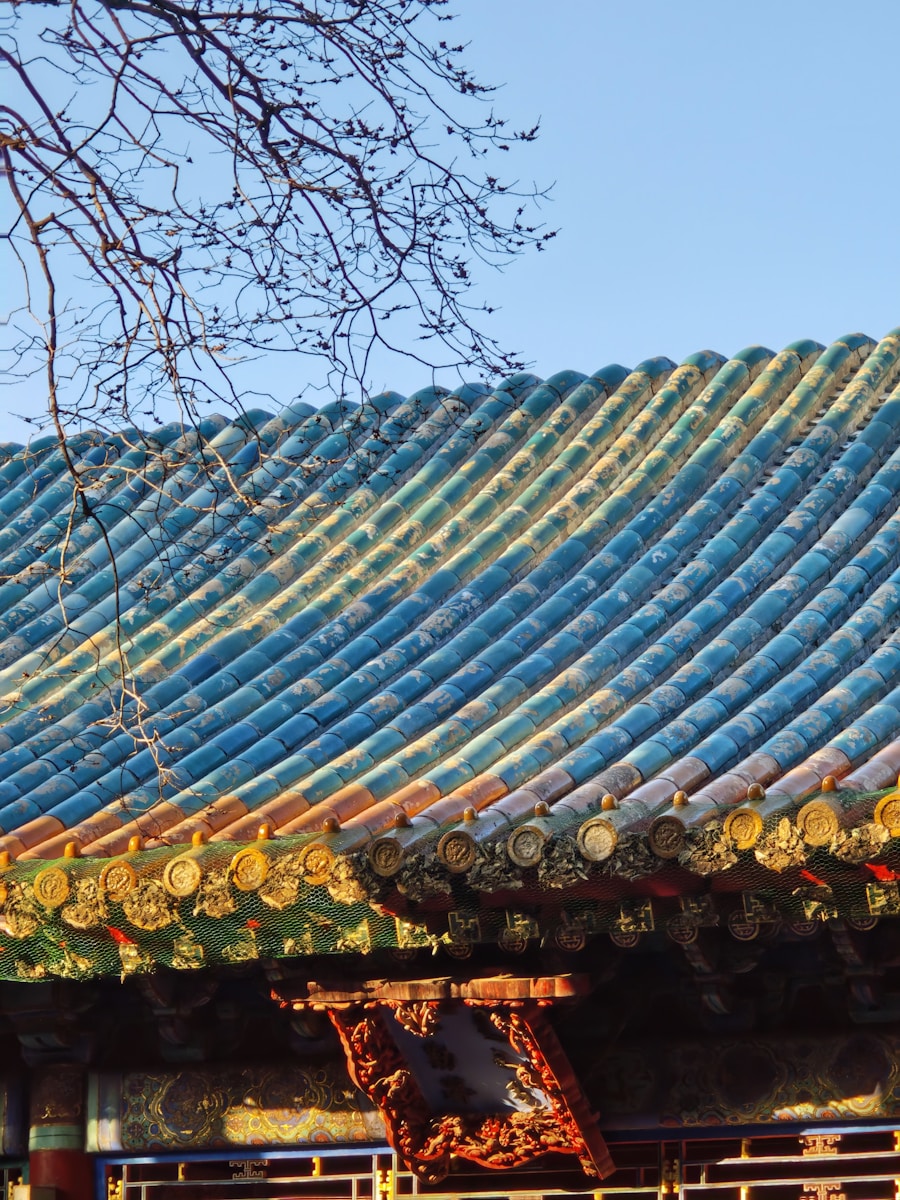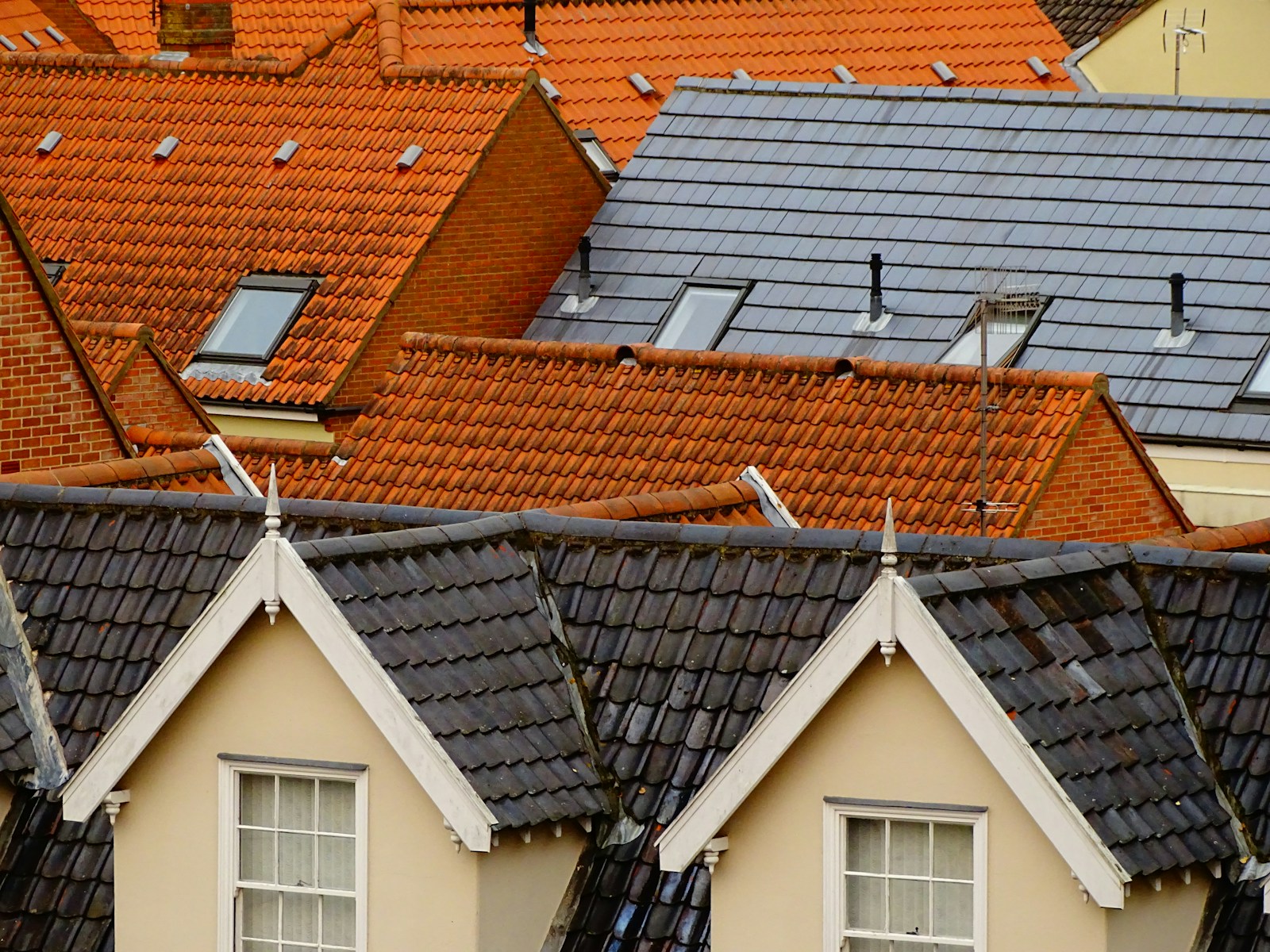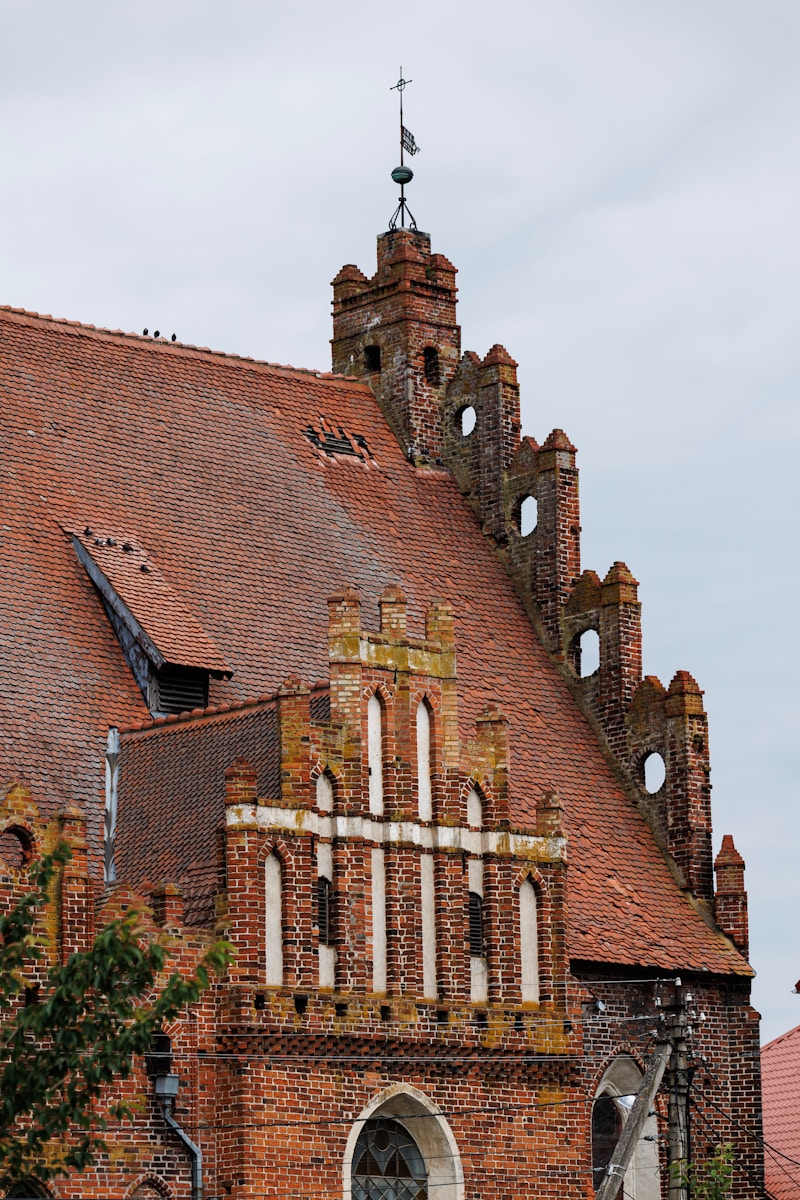Okay, so first off—spider webs. You’ve seen them. Delicate. Floating. Almost too fragile to matter. But here’s the weird thing. Over time, if you’ve got tiles—ceramic ones mostly, the kind people slap on kitchen walls or bathroom floors—and they get those fine, hair-thin webs stuck on them in, say, corners or along grout lines… something happens. Slowly. Sneaky-like.
Now, I’m not saying spiders are cracking your floors. That’d be dumb. But what I am saying is… well, it’s not nothing. That webbing, when left alone, can act like a sponge for environmental junk. Dust, humidity, smoke particles, even acidic residues if you’re somewhere with pollution or you like to cook bacon way too often. One guy on Reddit swore his tile edges got brittle because he smoked indoors for 12 years. His theory? Smoke clung to the webs, webs clung to grout, and the grout… gave up. Maybe. Who knows.
Not the web itself – but what sticks to it
The web is just the start. Like scaffolding for chaos. See, webs aren’t water-resistant. They hold on to moisture, trap fine airborne particles. And over weeks—or more realistically, months or years—this buildup sorta builds a local ecosystem. Like a micro-bog. Okay, not literally. But sort of.
Grout absorbs stuff, yeah? It’s porous. That’s the weak spot. And once moisture soaks into the grout around a tile, it expands a little. Not much. But enough that when it dries, it shrinks. Back and forth. Expand. Contract. Over and over. Tiny shifts. Minuscule stress fractures. No one notices. Until you get those thread-thin lines across the tile surface, especially in colder seasons when contraction wins the war.
Spiderweb cracks have a centre point and the cracks spread out from that centre point, much like a spider web would. Small spiderweb cracks are usually not serious and often the result of poor workmanship, however, larger spiderweb cracks may be caused by foundation settlement which might be linked to compromised structural integrity.
https://www.handysquad.com/causes-of-cracks-in-the-ceiling-and-how-to-fix-them/
This guy I knew, ran a motel in rural Oregon, said the only room with cracked tiles was the one never cleaned properly. It had cobwebs tucked behind the radiator, near the floor. Coincidence? Maybe. But the cracks were like spider legs. Jagged. Radial. Creepy, honestly.
Tiles don’t like tension from below
Here’s something most people don’t think about: tiles aren’t just a face. They got a back. And if the adhesive beneath ’em gets weird—like soft in places from humidity creeping in, especially around webby spots near edges—they lose even support. So next time someone drops a mug nearby or steps too hard in socks? Pop. Not a full break. But a hairline. A stress line. Begins at the edge, dances toward the middle.
Ever tried walking barefoot over old tile in winter? You feel it. That tiny crunch. A barely-there crack. It wasn’t always there. It grew. Slowly. Like resentment.
Also, don’t get me started on what spiders might drag into their web zones. Dead bugs? Sure. But also mold spores. Yeah. Mold and grout are the worst combo since vinegar and milk.
Beyond hardness, tile’s thermal conductivity also affects foot comfort. Ceramic and porcelain materials readily conduct heat away from warmer objects—including your feet—which creates that distinctive cool-to-the-touch sensation. This quality makes tile feel refreshingly cool during hot summer months but potentially uncomfortably cold during winter. This temperature factor often contributes as much to the perception of tile being “tough on feet” as the hardness factor does. Many homeowners who complain about discomfort on tile floors are actually responding to the coolness rather than the hardness itself.
https://www.millcreekcarpet.com/blog/articles/is-tile-flooring-tough-on-your-feet
UV exposure, mixed with webs, gets kinda nasty
Sunlight? It’s supposed to be good, right? Sanitizes. Dries things up. Keeps things crisp. But not when it hits dust-covered, webby corners at an angle for 3 hours every afternoon. That UV light breaks down the particles in the web. The byproducts? Some of ’em acidic. Mildly so. Not enough to burn you, but enough to slowly mess with the outer glaze of cheaper ceramic tiles. Especially those mass-manufactured glossy ones from like 2006. You know the ones. Almost too shiny.
I once saw this cracked tile pattern on a sunroom floor. Thought it was bad installation. But then I looked at where all the tiny fractures began—from the corners. The dusty, webbed corners. Same direction as the sun came in from. Like a photo-negative of a slow disaster.
UV radiation can cause the asphalt in BUR systems to degrade over time. This may lead to cracking, blistering, and a reduction in the waterproofing capability of the roofing system. Applying reflective coatings can help mitigate UV damage. Modified bitumen roofs are vulnerable to UV damage, which can accelerate aging. This may lead to cracking, loss of flexibility, and diminished waterproofing capacity. Applying UV-resistant coatings can protect the surface.
https://www.nationsroof.com/roofing-uv-radiation/
Wait – are we blaming spiders for this?
No. Not really. Spiders are just doing their thing. Catching gnats. Probably hating the tile as much as anyone. But if you never clean those webs, you’re basically letting the environment create tiny chemistry labs in the corners of your room.
And not the good kind. Not the Breaking Bad kind either—more like the “nobody noticed the vinegar-dust combo eating the grout for a decade” kind.
Think about it this way: A spider spins a web, catches some humidity, traps some grease vapors from your midnight frying session, lets it all fester, and boom—tile’s surface gets stressed. Slowly. Over years. But once it starts? No going back.
The weird angle about pressure distribution
Here’s a semi-boring bit. But also kind of wild. Micro-cracks usually appear where force gets redirected awkwardly. If one tile gets a softened edge from long-term moisture absorption (yes, that dang web corner again), the tile next to it bears the brunt when someone walks over it.
That pressure imbalance? Causes what I can only describe as micro-earthquakes. You won’t hear ’em. You won’t feel ‘em. But they’re there. And suddenly, there’s a faint line stretching like a regret across the surface. You might think it’s old age. And sure, tiles aren’t forever. But some of these were only five years old.
That’s not age. That’s… exposure fatigue.
A note on neglect. Or maybe guilt.
Sometimes I wonder if cracked tiles are just a sign that no one cleaned that room enough. I mean—not to shame anyone. Life gets busy. Dust builds up. Spiders move in. You start ignoring corners. But tiles remember. They hold on. And one day, they crack. Like… passive-aggressive little reminders.
Someone online once said, “Cleanliness is structural integrity.” I don’t know if that’s true, but I sorta like it.
Final-ish thoughts
So yeah. Micro-cracks from spider web exposure. Not caused by spiders, but also—not not caused by spiders. It’s what they bring with them. What they allow to stay. The stuff you ignore until one day your bathroom floor’s got a spiderweb under the glaze too.
Weird, right?
Anyway. Clean your corners. Or don’t. But don’t say I didn’t warn ya.





